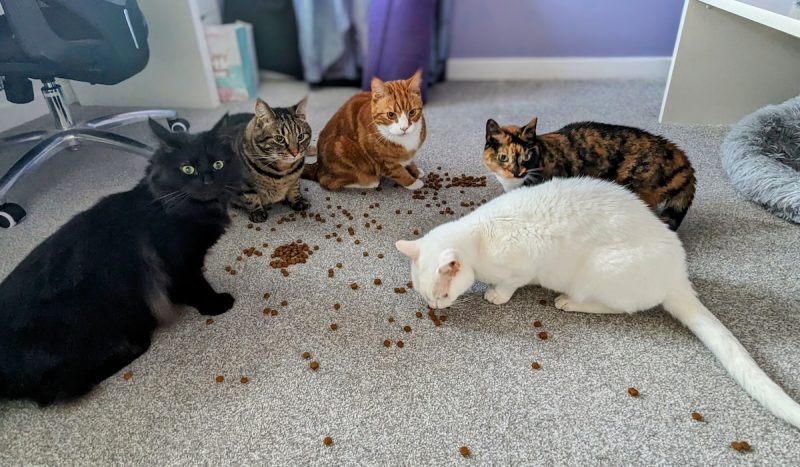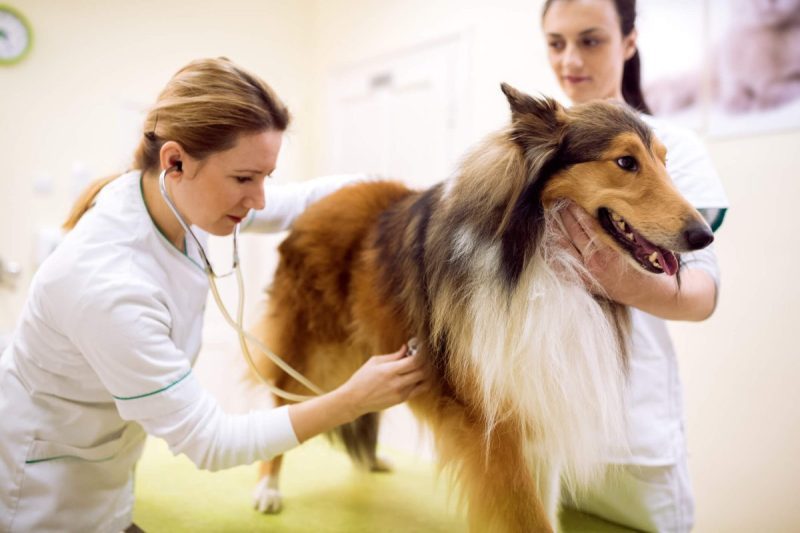
You know that feeling of rage you get when someone refers to your pet as “just a dog” or “just a cat”? Well, I feel the same way when someone uses the phrase “just a moggie”. If you’re not familiar with the term, ‘moggie’ is basically the feline version of mongrel. They are also known as Domestic Shorthair, Domestic Medium hair, or Domestic Long haired cats. Whether they are a DSH, DMH, or DSH, there is nothing ‘just’ about these marvelous cats.
There are five cats in my house and not a purebred among them. I don’t have anything against a pedigree puss, but I’ve always been a sucker for the less ostentatious feline variety.
Over the many millennia that they have deigned humans worthy of their company, cats have mostly been spared the major physical manipulations that selective breeding has bestowed on dogs. In the vast majority of cases, feline breeds are largely differentiated by their coats and temperaments, with relatively few alterations to their anatomy. With the exception of the squishy-faces of Persians, cartilage abnormalities of Scottish Folds, and dwarfism in the Munchkin breed, most cats have the same basic form and function. But, as with any animal that has been selectively bred, there are also some invisible traits that are seen more commonly in purebreds, such as cardiac disease in Maine Coons, diabetes in the Burmese, and kidney disease in Persian cats.
So when asked the question “which cat breed is considered to be the healthiest?” my answer is always going to be the moggie.
It’s All About Hybrid Vigor
When a population of cats is allowed to breed without interference, the ultimate result is, quite literally, the opposite of inbreeding. The cats that win the right to reproduce are the healthiest individuals with the strongest genetics, which means that the physical traits that we humans might prefer are rapidly diluted within a few generations. The resultant population contains a mixture of genes that give the greatest chance of survival, and this is known as ‘hybrid vigor’ – strength through outbreeding.
If you look at a population of feral cats – and I’m talking about proper, free-ranging cats, not just the local strays – you might notice that they tend to be mostly short or medium haired, with tabbies, tortoiseshells, black, and white being the most common colors seen. The genes for these coat colors are dominant, so when cats aren’t being selected for breeding from a limited gene pool, they will eventually take over.
House of the Dominant Genes
In my little gang, we have all the dominant coat colors represented:
- Clutch: White
- Zelda: Black
- Cyril: Tabby
- Alex: Ginger
- Zazzles: Tortoiseshell
They also come from a mixture of backgrounds: 2 strays, 1 re-homed, 2 adopted from unplanned litters, and 0 from breeders. I am not here to cast shade on the world of feline pedigree breeding, I am merely pointing out that the more ‘ordinary’ appearance of moggies is also an indication of health and hybrid vigor.
Never ‘Just a Moggie’
I’m not suggesting that we should be releasing our cats to breed indiscriminately – that’s the last thing I would want to encourage! But I would like us to look beyond appearances before dismissing a non-pedigree cat as inferior when the truth is that cats with more ‘common’ or ‘boring’ coat colors are just flashing their superior genes.
And let’s face it, there is no such thing as an average or ordinary cat – they are all pretty darn special!




